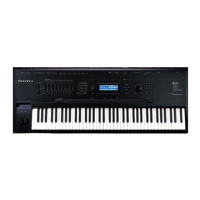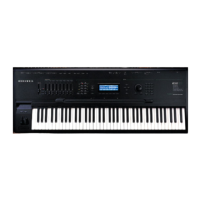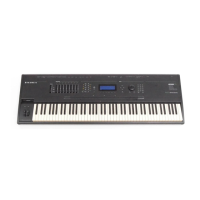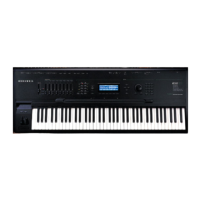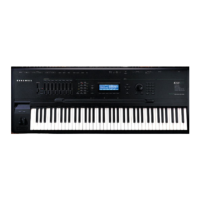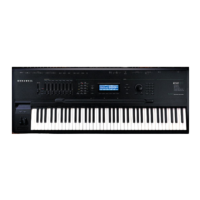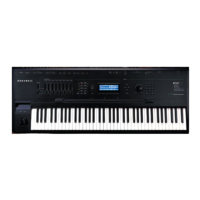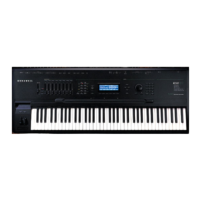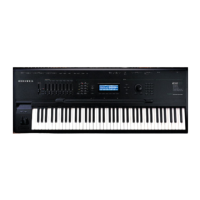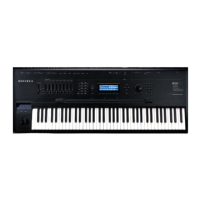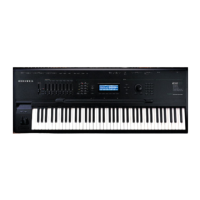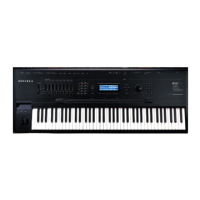Sampling and Sample Editing
Sampling Digital Signals
15-10
Sampling Digital Signals
The process for sampling through either of the digital inputs is essentially the same as that for
sampling analog signals, although there are a few additional parameters associated with digital
sampling formats.
You’ll notice that the Sample mode page changes considerably when you change the value of
the Input parameter from Analog to Digital. There are a few more settings to be made before
you start recording.
SampleMode||Samples:8192K|||Memory:118K|
Sample:None|||||||||||||||||||||||||||||
Input|:Digital||Time||:1s|||||||||||||||
Cable|:Coaxial||||||||||||||||||||||||||
Format:AES/EBU|||||L||||||||||||||||||||
Mode||:Stereo||||||R||||||||||||||||||||
Thresh:Off||||||-dB|60||40||*|16|*|8|4|0
Record||Auto||Timer||Preview||||||||||||
The first difference is the fact that there are no parameters for gain and sample rate. There’s no
need for a gain parameter because with digital sampling, since you’re making an exact digital
copy of the source signal. The Rate parameter is excluded because the K2500 automatically
recognizes the source sample’s rate and sets its own rate accordingly. Also, the Mon parameter
does not appear when sampling digitally. Any monitoring you wish to do must be done from
the sample source.
Cable
Set the Cable parameter to a value of Coaxial or Optical, depending on the type of cable you’re
using. Many consumer products with digital output provide an optical jack. There is a small
plug covering the K2500’s optical input; this plug must be removed before you can connect the
optical cable to the K2500. The plug should be replaced whenever the optical input is not in use.
If you plan to use a coaxial cable, select a value of Coaxial for the Cable parameter. If you’re
sampling from a consumer product like a CD player, you’ll probably need to get an adaptor, or
a cable with an RCA fitting on one end and an XLR (male) fitting on the K2500 end. Some
professional products have an XLR fitting for their outputs, so an ordinary microphone cable
will be suitable in most cases. Longer cables can cause signal loss, however, so if you need a
long cable, you may need to get a special cable designed for digital information transfers.
There’s detailed information about cables for sampling on page 15-1.
Format
Use the Format parameter to tell the K2500 the format of the incoming sample. Most consumer
products use SPDIF (Sony/Philips Digital Interface Format), while most professional machines
use the AES/EBU (Audio Engineering Society/European Broadcast Union) format. Refer to the
owner’s manual of your sample source for information regarding its digital format.
The Mode, Time, and Thresh parameters function for digital sampling just as they do for analog
sampling.
When you begin recording, a box appears in the display that indicates that the K2500 has
locked on to the digital signal. You’ll see the word “LOCK,” and the rate at which the signal
was sampled will be shown. The K2500 automatically sets itself to this rate. If you don’t see this
box, check to make sure that the signal is getting to the K2500.
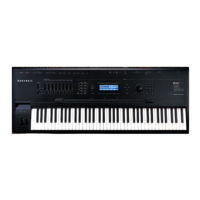
